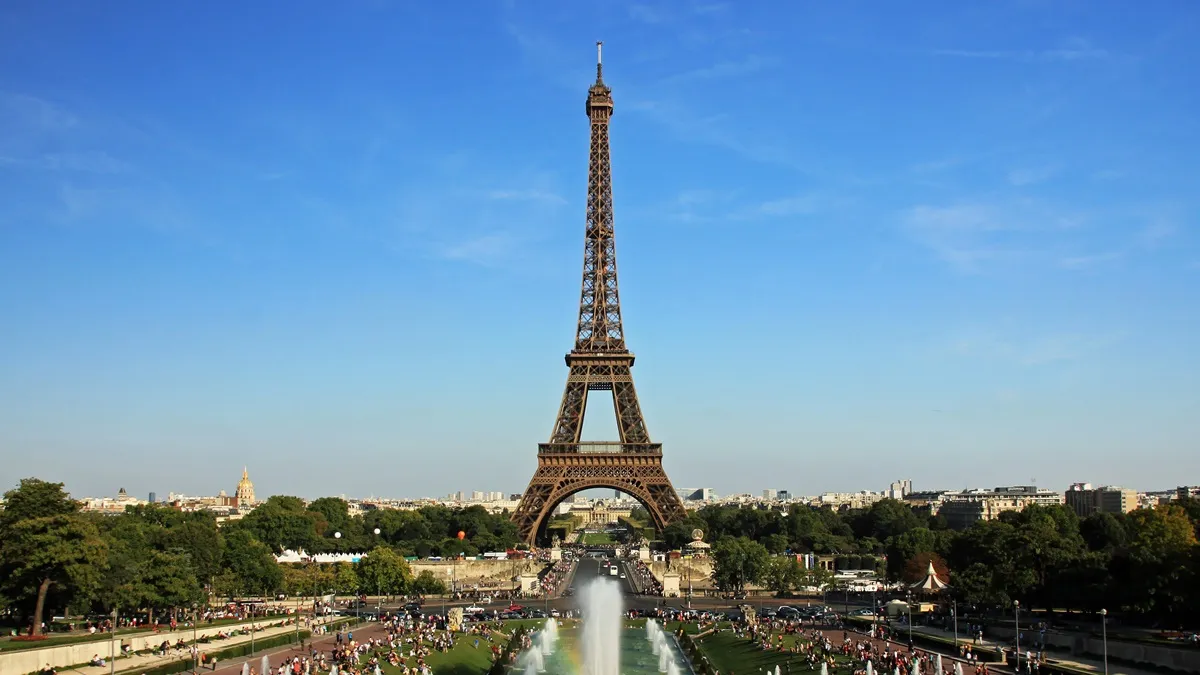The Eiffel Tower, an iconic symbol of Paris and a marvel of engineering, has not only attracted millions of visitors but also garnered some bizarre tales over the years. Among them is the audacious scheme of Victor Lustig, a notorious con artist whose escapades included a brazen attempt to sell the Eiffel Tower not once, but twice.
Born in Austria-Hungary in 1890, Lustig was a master manipulator with a knack for languages and a penchant for deception. By the 1920s, he had risen to infamy, using his wits to swindle the wealthy and powerful across Europe and the United States. His most infamous exploit, however, was his daring attempt to sell the Eiffel Tower in 1925.
At the time, the Eiffel Tower, originally erected for the 1889 Paris World’s Fair, was considered by some locals as an eyesore and a candidate for demolition. Seizing on this sentiment, Lustig forged official-looking documents and summoned several prominent scrap metal dealers to a clandestine meeting at a luxurious Parisian hotel, posing as a deputy director general of the French government.
Under the guise of secrecy, Lustig informed the businessmen that the government had decided to dismantle the Eiffel Tower due to financial reasons and was soliciting bids for its demolition. To lend credence to his story, he even took the unsuspecting businessmen on a tour of the monument using a fake access card.
Andre Poisson, one of the attendees, showed keen interest in acquiring the supposed contract but voiced concerns about his competition. Sensing an opportunity, Lustig persuaded Poisson to make an initial bid and sweetened the deal with a hefty bribe, totaling $70,000 (equivalent to $1.25 million today). Poisson, eager to secure the contract and unaware of the scam, fell for the con.
In a matter of days, Lustig had pocketed the money and vanished from Paris before Poisson realized he had been swindled. Embarrassed by his gullibility, Poisson chose not to report the incident, allowing Lustig to revel in his ill-gotten gains.
Undeterred by the close call, Lustig returned to Paris months later, attempting to sell the Eiffel Tower once again using the same ruse. This time, however, one of his marks grew suspicious and alerted the authorities. The scam was exposed, and Lustig narrowly escaped capture, fleeing to the United States where he continued his life of crime.
His subsequent exploits included selling a “money-printing machine” to prominent figures, including Al Capone, before ultimately landing in Alcatraz. Victor Lustig’s extraordinary life as a con artist came to an end in 1947, but his audacious attempt to sell one of the world’s most recognizable landmarks remains a testament to the depths of human deception and the allure of the improbable.


